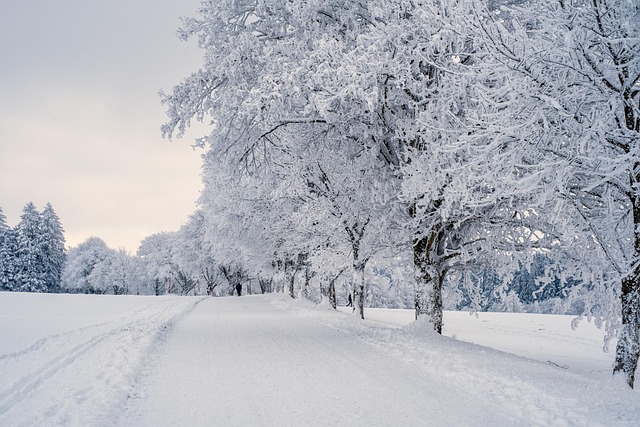When it comes to photography, landscape scenes offer some of the most breathtaking opportunities for capturing moments in time. The beauty of nature can evoke deep emotions, transporting viewers to distant mountains, serene lakes, and vibrant forests. As a photographer, understanding the nuances of landscape optics is essential to translating these experiences into stunning images that resonate with your audience.
Your journey into landscape photography begins with the choice of camera. While many argue that the quality of the camera plays a significant role in the output, it’s important to remember that the photographer’s eye is what truly makes an image stand out. Whether you are wielding a high-end DSLR or a compact mirrorless camera, understanding how to utilize its settings will enable you to capture the landscape as you perceive it.
Optics is central to any photographer’s toolkit. Lenses can determine the mood and tone of your shots. Wide-angle lenses are your best friends when capturing vast landscapes, allowing you to fit more of the scene into your frame. They can create a sense of grandeur and depth, making viewers feel as though they are standing right there in the heart of nature. Utilizing a good-quality lens will also help in achieving clarity and sharpness, ensuring that every detail of that beautiful landscape is preserved.
Don’t overlook the impact of lighting on your landscape photography. The golden hours—shortly after sunrise and just before sunset—provide soft light that can add warmth and richness to your photos. During these times, the way light interacts with colors and textures can help transform a simple scene into an extraordinary one. As you shoot, remember to pay attention to the dynamic range of lights and shadows, which can drastically influence the mood your photo conveys.
Composition is another crucial element in the landscape photography puzzle. The rule of thirds is a classic guideline, but feel free to break the rules and experiment. Incorporating elements like leading lines—roads, rivers, or a path—can guide the viewer’s eye through your image, inviting them to explore the landscape within it. Look for natural frames, such as tree branches or mountain peaks; they can add layers of interest to your photos.
In addition, patience and a bit of pre-visualization go a long way. Scouting locations beforehand, understanding the weather patterns, and knowing the best times to visit specific sites can set you up for success. Creating a shot list can also help focus your efforts, reducing the chance of missing that perfect moment when everything aligns.
Post-processing is the final step in the creative process, helping you refine your images and bring your vision to life. Editing software can enhance colors, adjust contrast, and correct lens distortions, allowing you to create a final piece that reflects the emotions you felt while capturing it. However, stay true to the natural beauty observed, as over-editing can detract from the authenticity of your work.
Ultimately, landscape photography is about capturing the beauty of the world we live in. It’s about conveying a story through your lens, evoking emotions in those who view your photographs. Embrace the process, explore the outdoors, and remember to find joy in each click of the shutter. The landscapes you encounter hold countless stories waiting to be told; it’s your job to capture them with authenticity and artistry.


